6 Best Steak Cuts To Buy And 6 Steaks To Avoid, According To A Chef
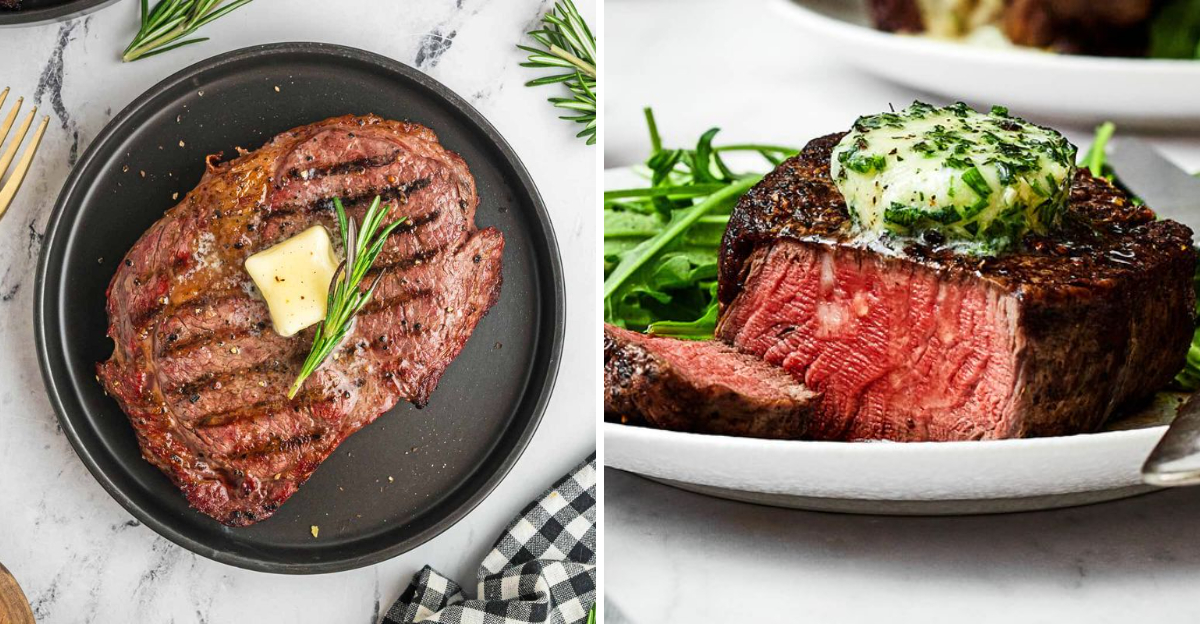
When it comes to steak, not all cuts are created equal. Some deliver rich flavor, tender texture, and high value, while others fall short due to toughness, poor marbling, or inconsistent quality. Here are 6 steak cuts a chef would recommend—and 6 you’re better off skipping.
1. Ribeye
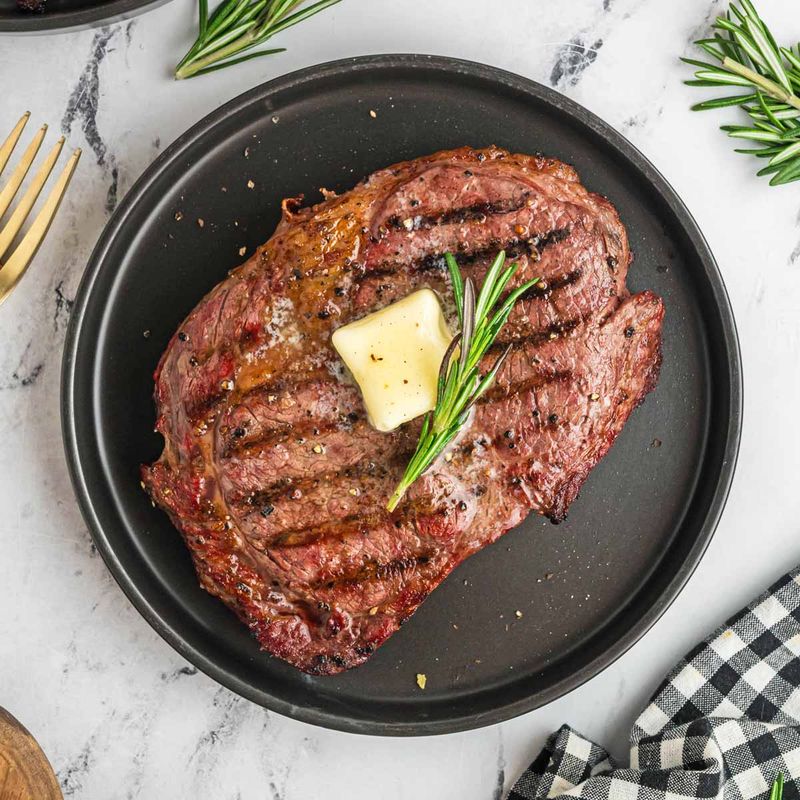
The Ribeye is a celebration of flavor and juiciness. Known for its rich marbling, this steak offers a melt-in-your-mouth experience, especially when grilled to perfection. With its deep beefy flavor, it caters to those who appreciate succulent, tender bites. The Ribeye’s generous fat content ensures each bite is both savory and satisfying.
Perfect for grilling or pan-searing, it combines a tender texture with a robust taste, making it a favorite among steak enthusiasts. Whether you’re hosting a barbecue or indulging in a hearty dinner, the Ribeye never disappoints.
2. Filet Mignon (Tenderloin)

Elegance and tenderness define the Filet Mignon. This cut, often reserved for special occasions, brings unmatched softness with a mild, delicate flavor. Best enjoyed medium-rare, it pairs well with an array of sauces or seasonings, highlighting its subtle taste.
The Filet Mignon’s lack of marbling is overshadowed by its buttery finish, making it ideal for those who value tenderness over boldness. Its simplicity in preparation yet sophistication in taste makes it a classic choice for romantic dinners or celebratory meals.
3. Strip Steak (New York Strip)

The New York Strip is the perfect balance between tenderness and rich flavor. Known for its firm texture and satisfying chew, this steak brings a hearty experience to the table. It’s the ideal choice for those who savor robust taste without sacrificing tenderness.
Whether pan-seared or grilled, the Strip Steak’s consistent quality ensures a delightful meal every time. Its bold taste and appealing marbling make it a staple in any steak lover’s repertoire, particularly for those seeking a straightforward yet rewarding culinary adventure.
4. Hanger Steak
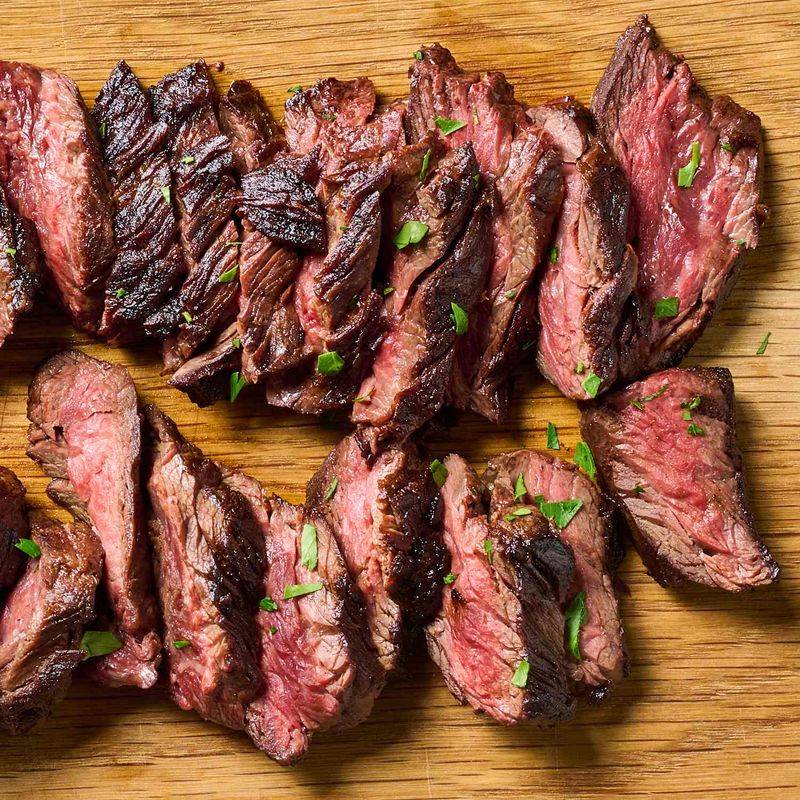
Often dubbed the ‘butcher’s cut,’ Hanger Steak was once a secret kept by those in the know. Richly flavored, it’s a delight when cooked to a perfect medium-rare and sliced against the grain. It offers an intensely beefy taste that lingers delightfully on the palate.
Its distinct texture and bold flavor profile make it a unique addition to any steak dish, ideal for adventurous foodies. Affordable yet flavorful, it embodies culinary charm and character, making it a hidden gem in the world of steaks.
5. Flat Iron Steak
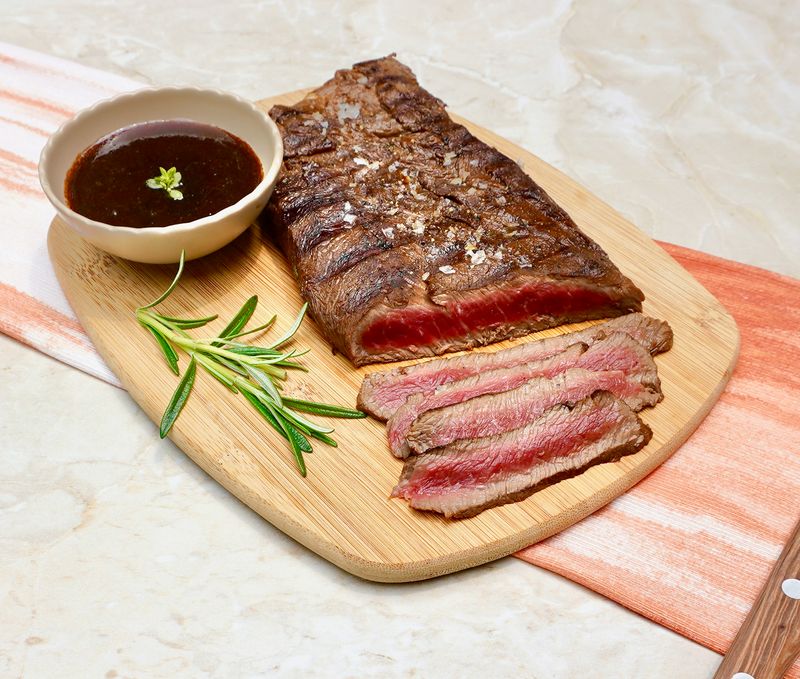
Flat Iron Steak surprises many with its affordability and tenderness. Its even marbling allows for a juicy bite, making it a popular choice for both grilling and pan-searing. Often overlooked, this cut offers a gourmet experience without breaking the bank.
Whether marinated or simply seasoned, the Flat Iron Steak delivers consistent quality and flavor. Its approachable nature and delectable taste make it a go-to for casual dinners or weekend gatherings, providing a rich culinary experience without fuss.
6. Picanha (Top Sirloin Cap)

Popular in Brazilian steakhouses, Picanha brings a taste of tradition and flair. This triangular cut, crowned with a rich fat cap, offers a bold flavor when grilled over high heat. Each slice reveals a juicy interior complemented by a crispy exterior.
Picanha’s charm lies in its simplicity and the joy it brings to communal dining. Whether roasted whole or cut into steaks, it embodies the spirit of sharing and celebration, making it a favorite at festive gatherings and family barbecues.
7. Round Steak (Top or Bottom)
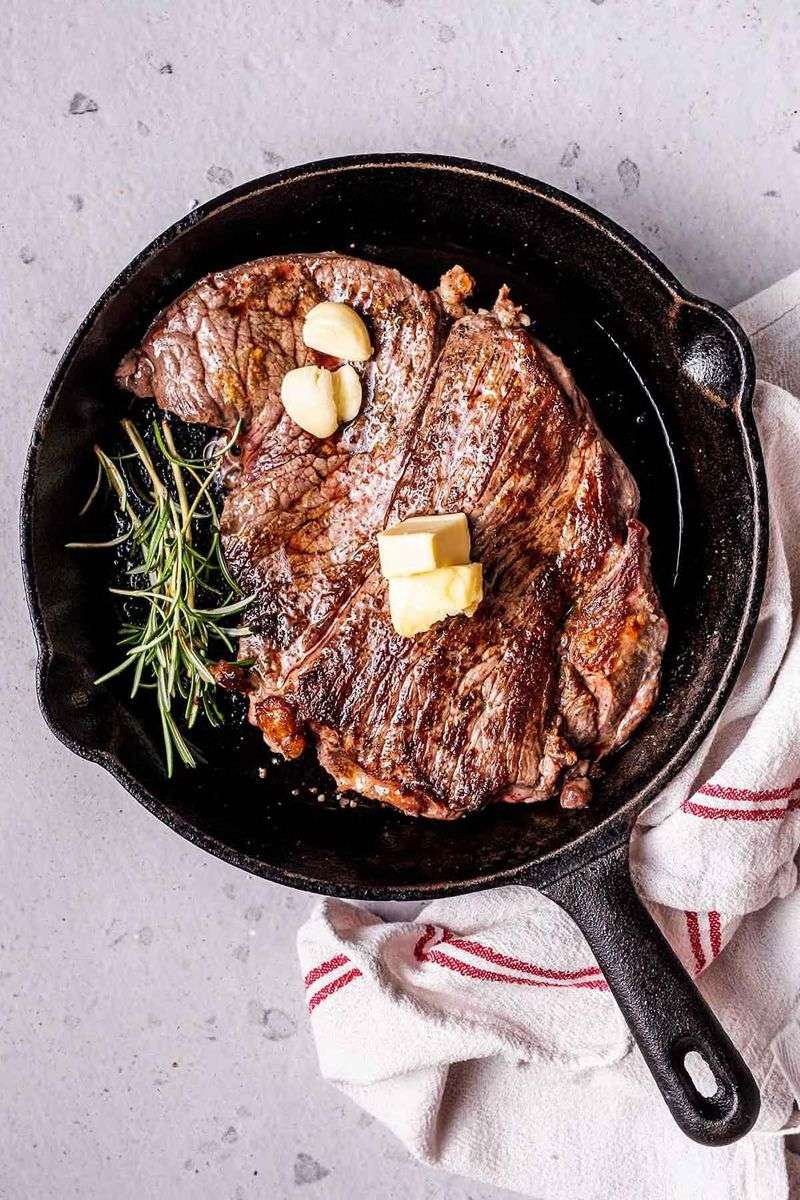
Round Steak, whether top or bottom, often disappoints with its lean and tough nature. Lacking marbling, this cut is best suited for slow-cooking or braising rather than quick grilling or searing. Its firm texture and bland flavor make it a less desirable choice for steak purists.
Though affordable, it requires careful preparation to unlock any potential flavor. For those seeking a tender steak experience, the Round Steak is best avoided unless used in stews or slow-cooked dishes where it can soften over time.
8. Chuck Steak (Without Marbling)
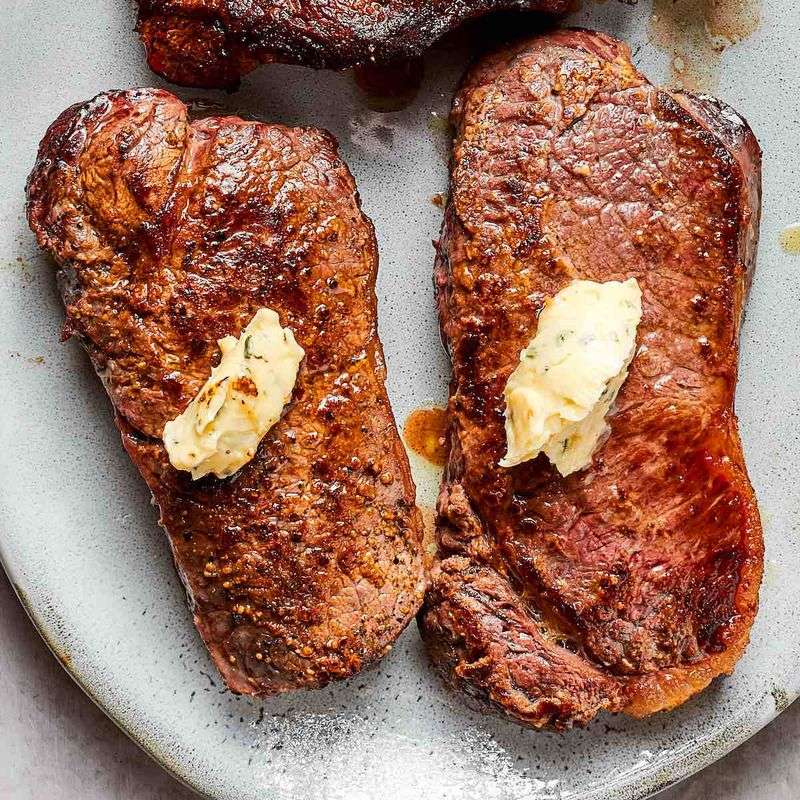
While Chuck Steak can offer flavor, it’s often marred by a lack of adequate fat, leading to a tough, chewy experience. Primarily sold for grilling, many find it unsuitable without the necessary marbling for tenderness.
Better suited for stews or slow-cooked recipes, Chuck Steak demands marination and patience. For those seeking a straightforward steak experience, it often falls short. Its inconsistent quality can frustrate those looking for a reliable, tender bite.
9. Flank Steak (When Overcooked)
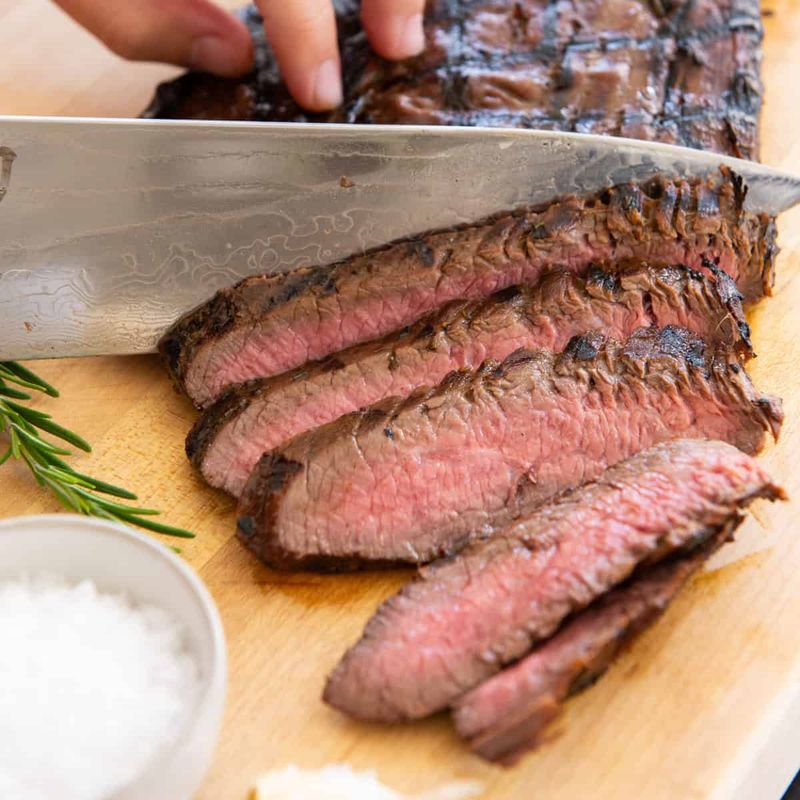
Flank Steak holds a robust flavor, but its lean nature can lead to dryness if overcooked. Best served medium-rare and sliced thin against the grain, improper preparation results in a tough, chewy texture that can disappoint.
Its versatility in marinades and dishes like fajitas are overshadowed by the risk of cooking errors. For those unfamiliar with its quirks, Flank may become an unwelcome challenge rather than a delightful dish.
10. Sirloin Tip Steak
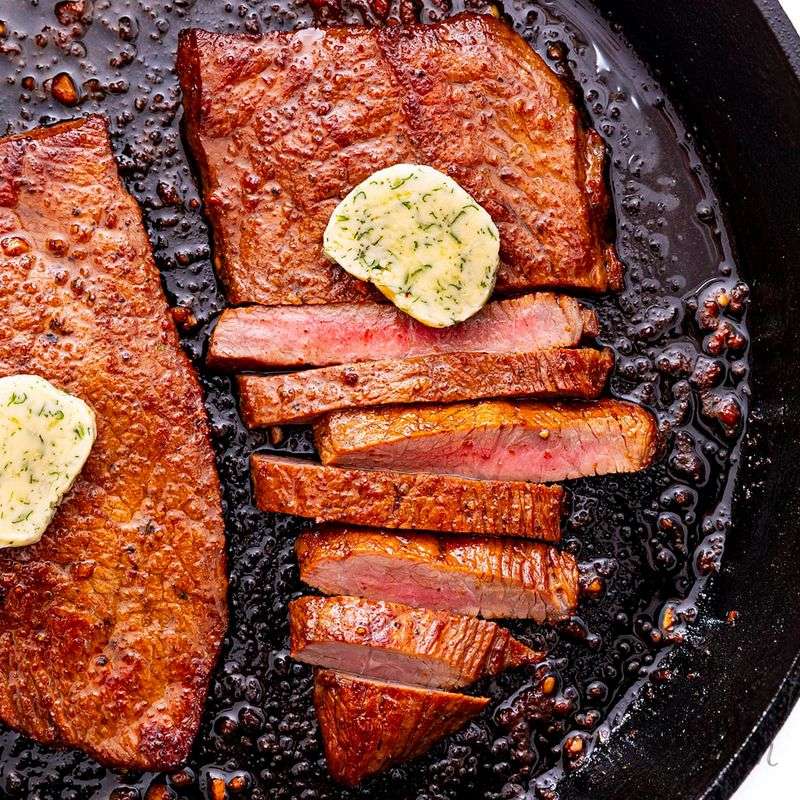
Frequently confused with its more tender counterpart, Sirloin Tip Steak often misleads with its name. This cut, derived from the round, challenges with a tougher texture and less pronounced flavor.
Successful preparation requires marination and careful cooking to bring out its potential. However, without proper technique, it remains a less enjoyable option for steak lovers seeking immediate gratification and tenderness.
11. Cube Steak

Cube Steak, mechanically tenderized, still struggles to achieve true tenderness unless cooked in slow-cooked recipes like chicken-fried steak. Its fibrous nature and need for additional preparation make it a less appealing choice for simple grilling.
Though affordable, Cube Steak demands creativity and patience in the kitchen. For those not intending to braise or fry, it often falls short of expectations, proving tougher than desired in quick-cook scenarios.
12. Beef Shank
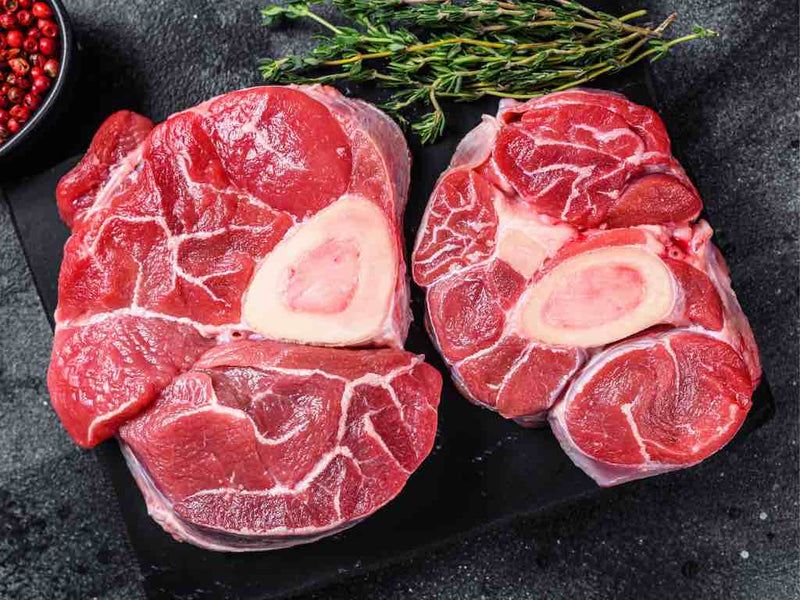
Beef Shank finds its strength in slow-cooked dishes, where its connective tissue breaks down into luscious gelatin. However, as a traditional steak, it fails to impress, bringing toughness rather than tenderness to the table.
Ideal for soups or braises, it requires time and technique to reveal its potential. Those seeking a quick, effortless steak should look elsewhere, as Beef Shank’s true beauty shines only in patient, prolonged cooking.
